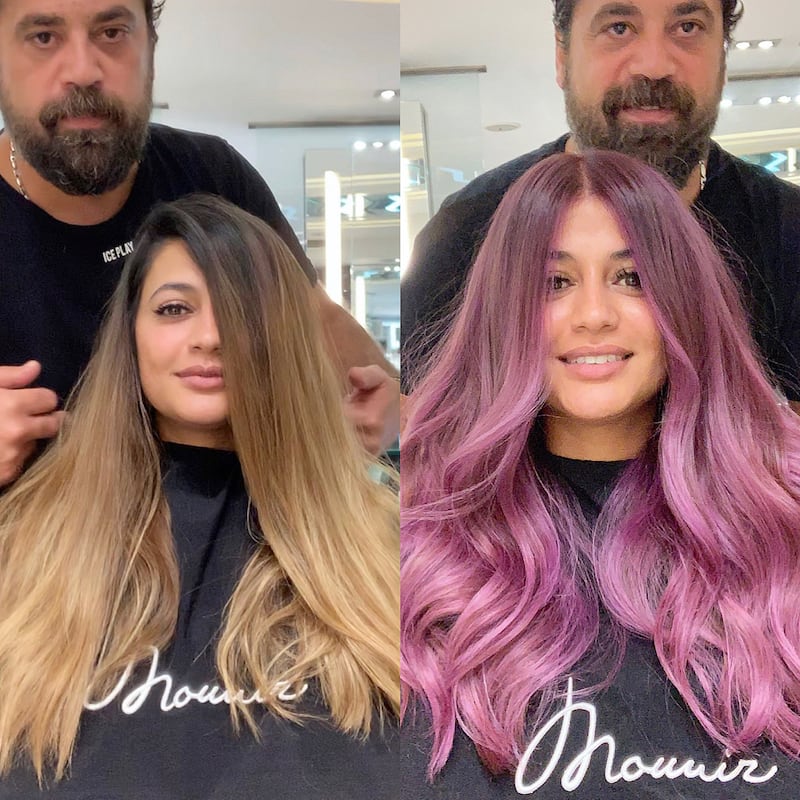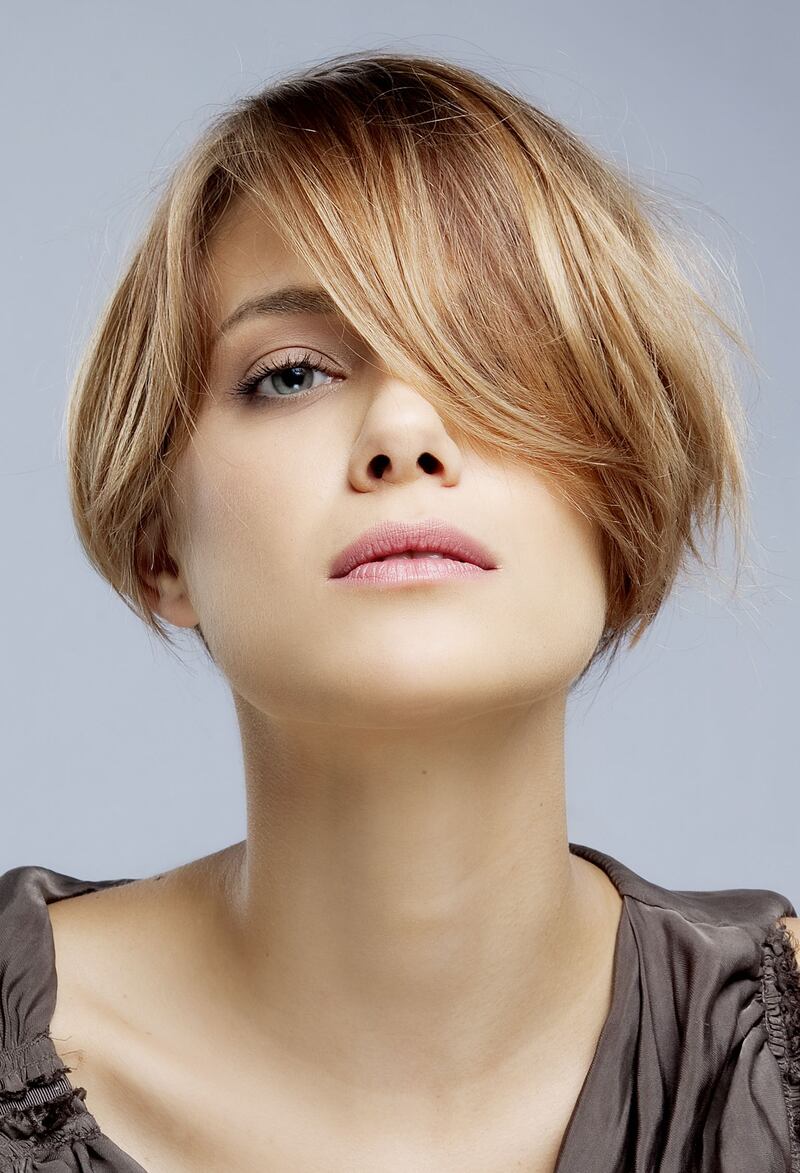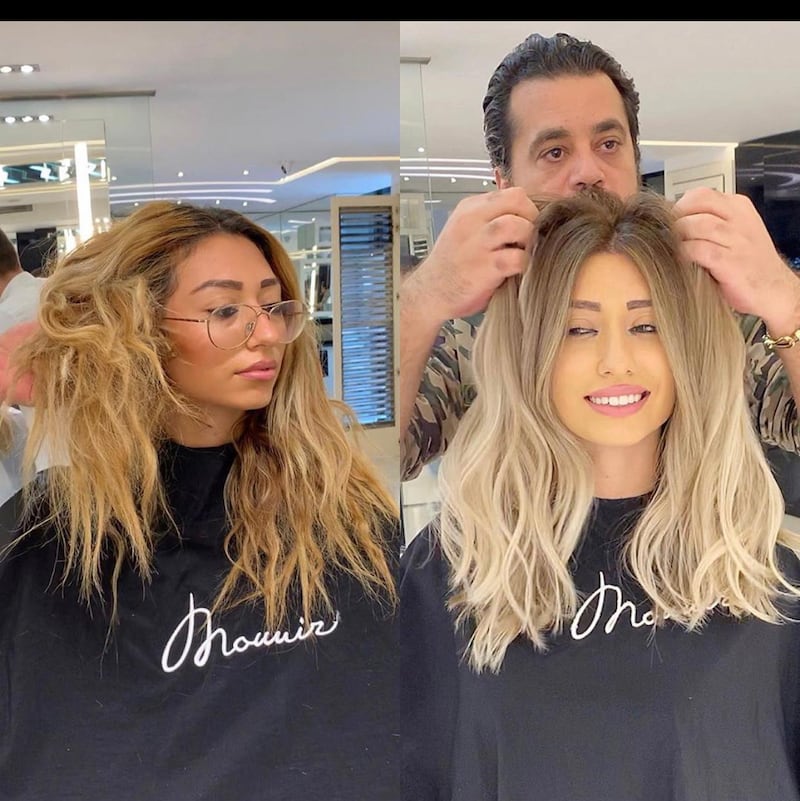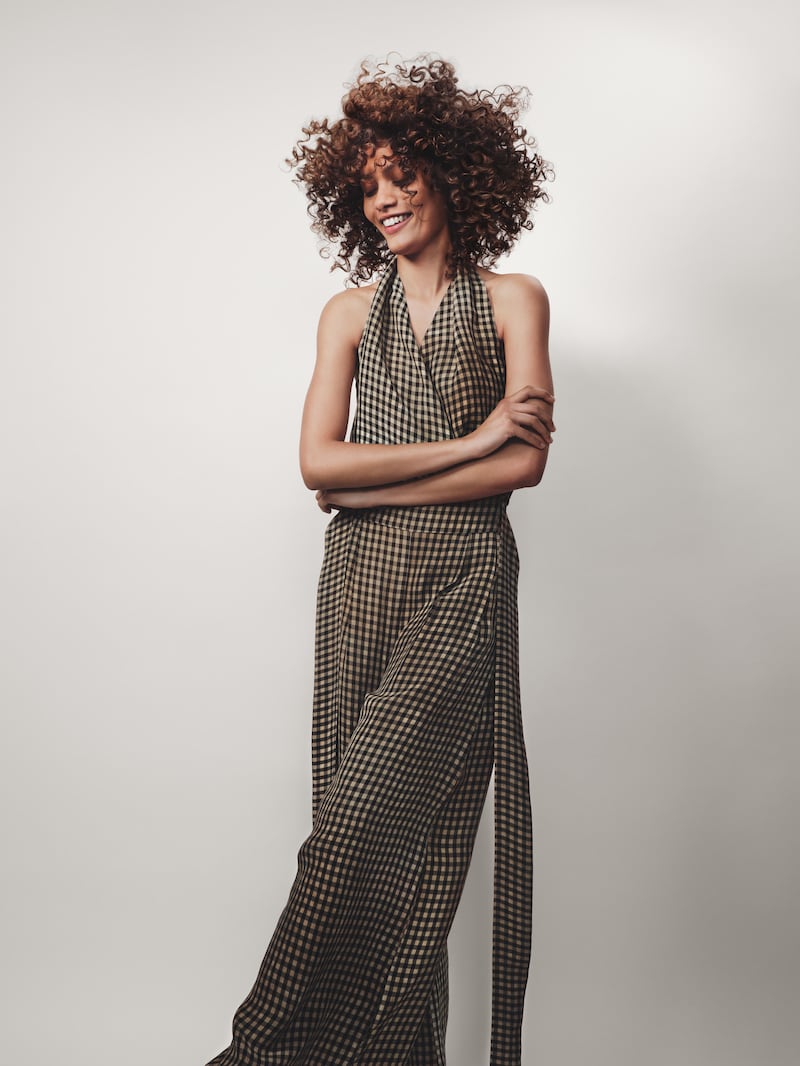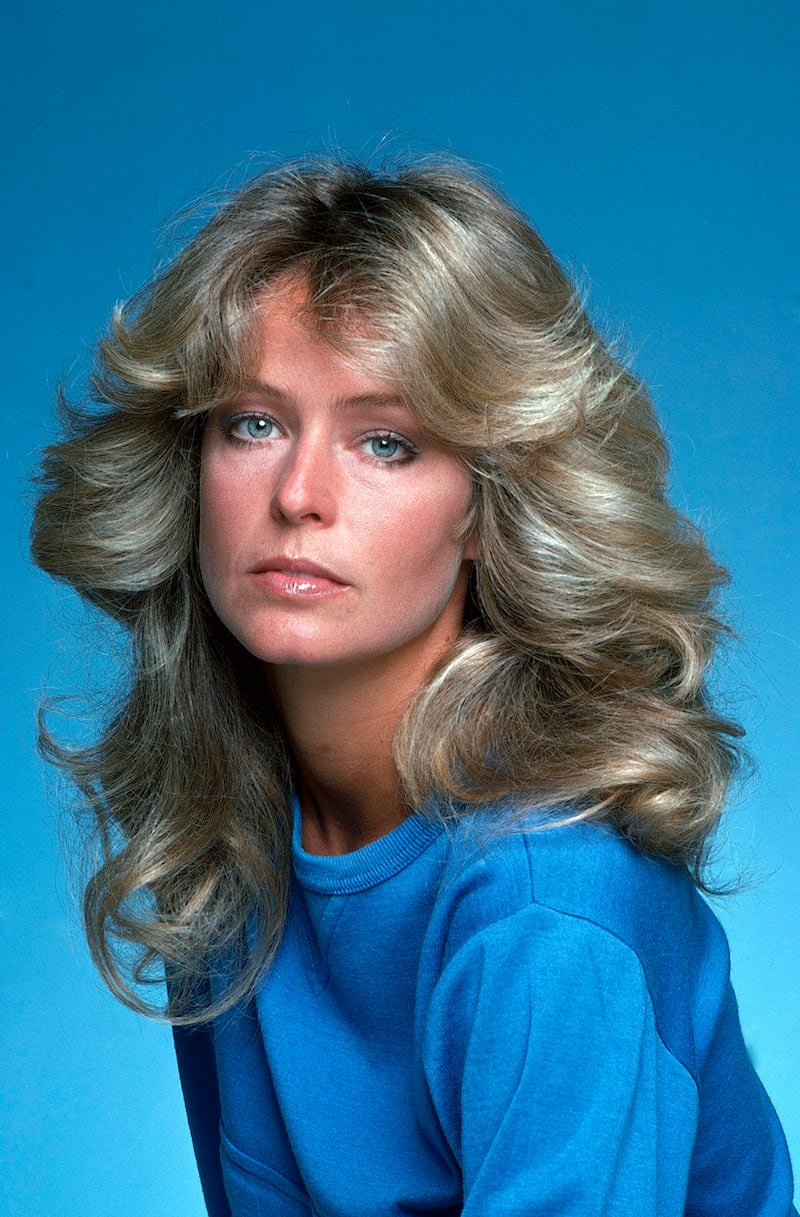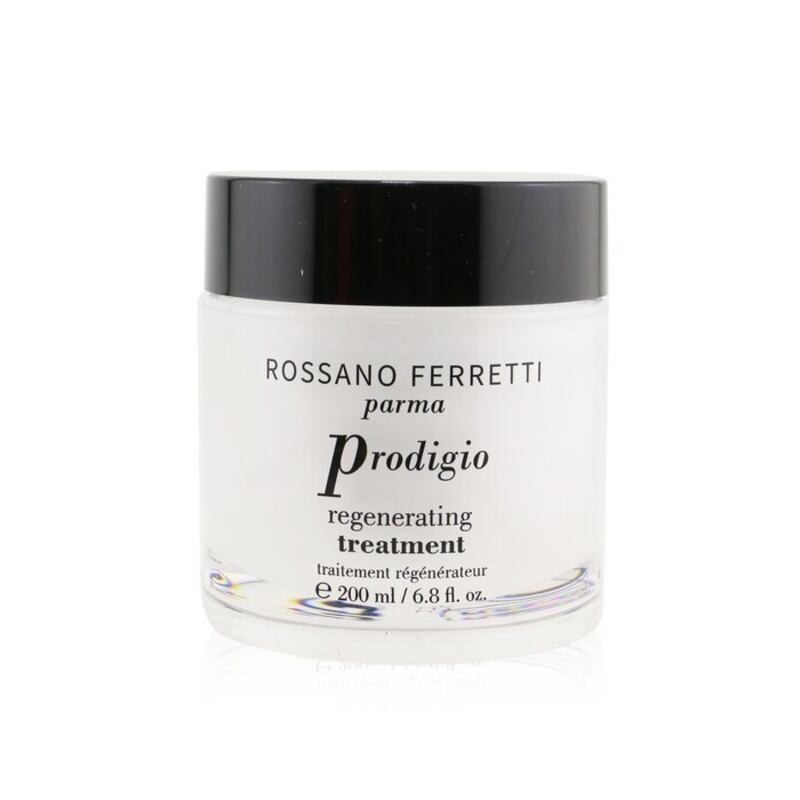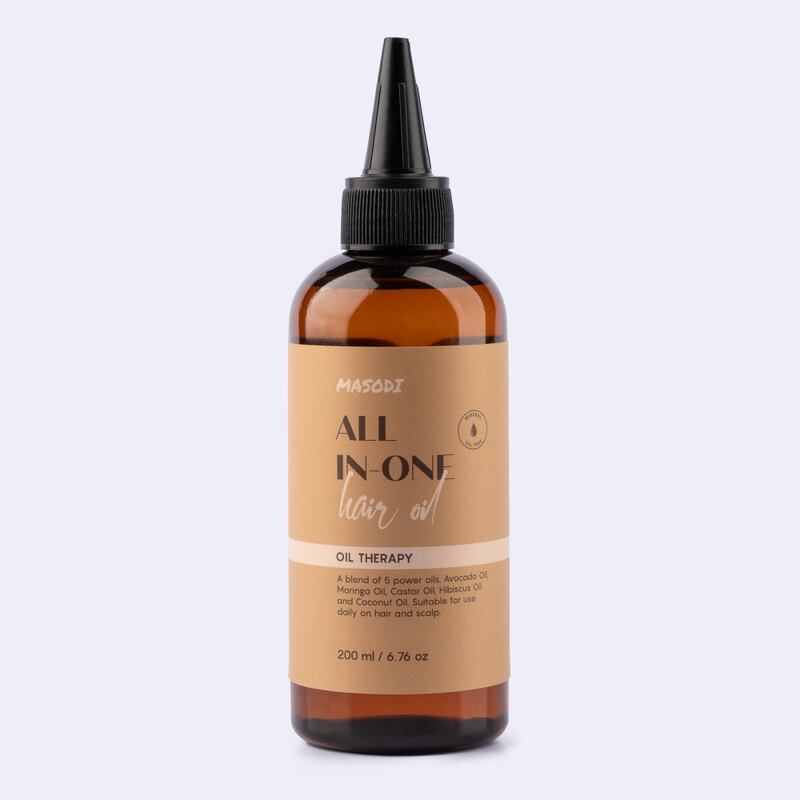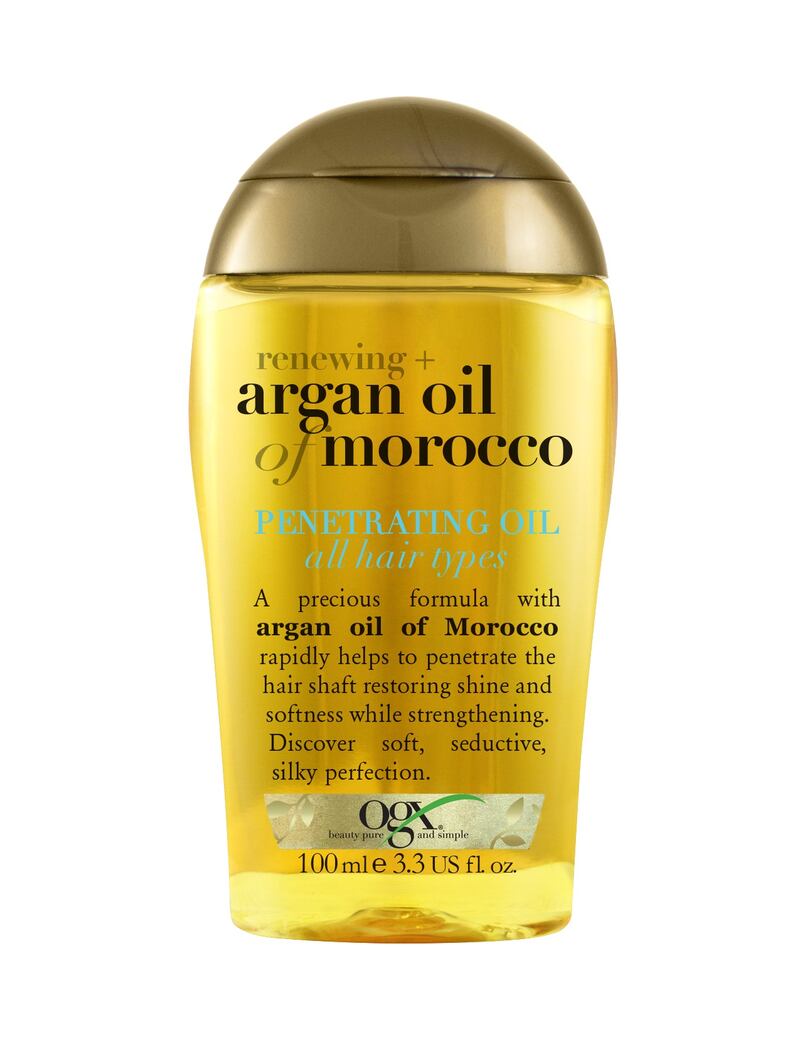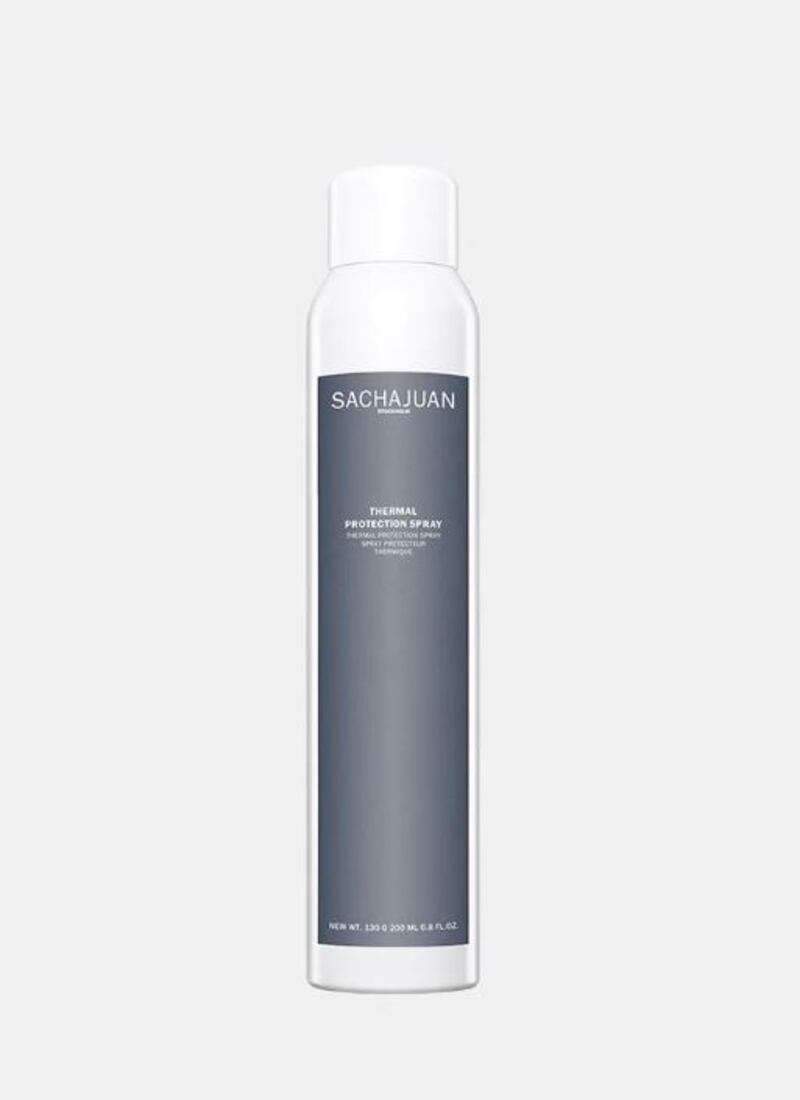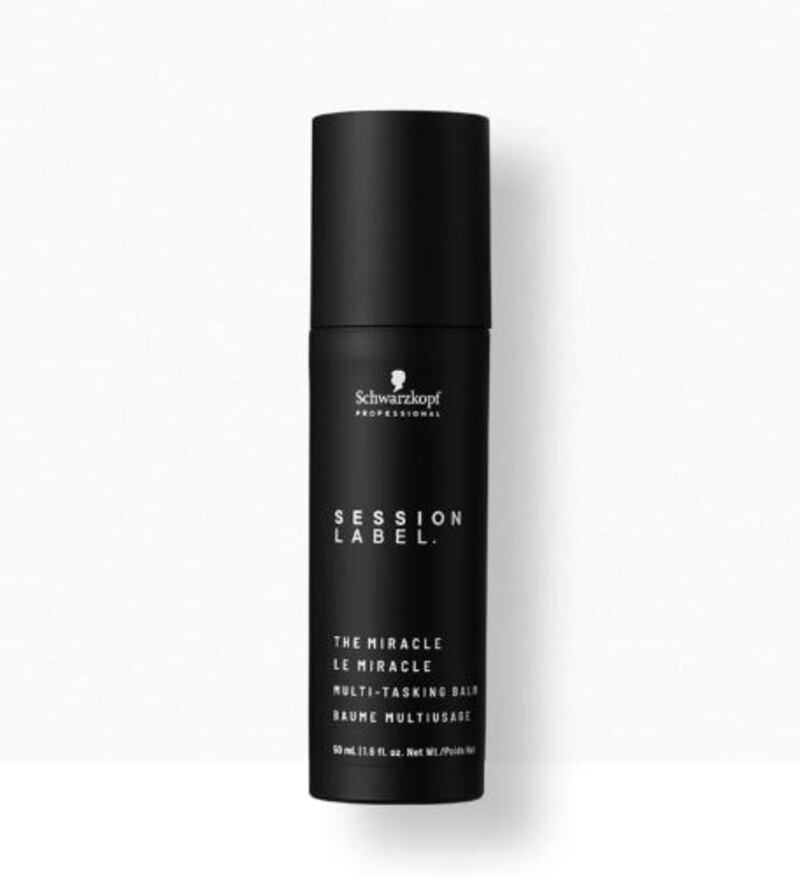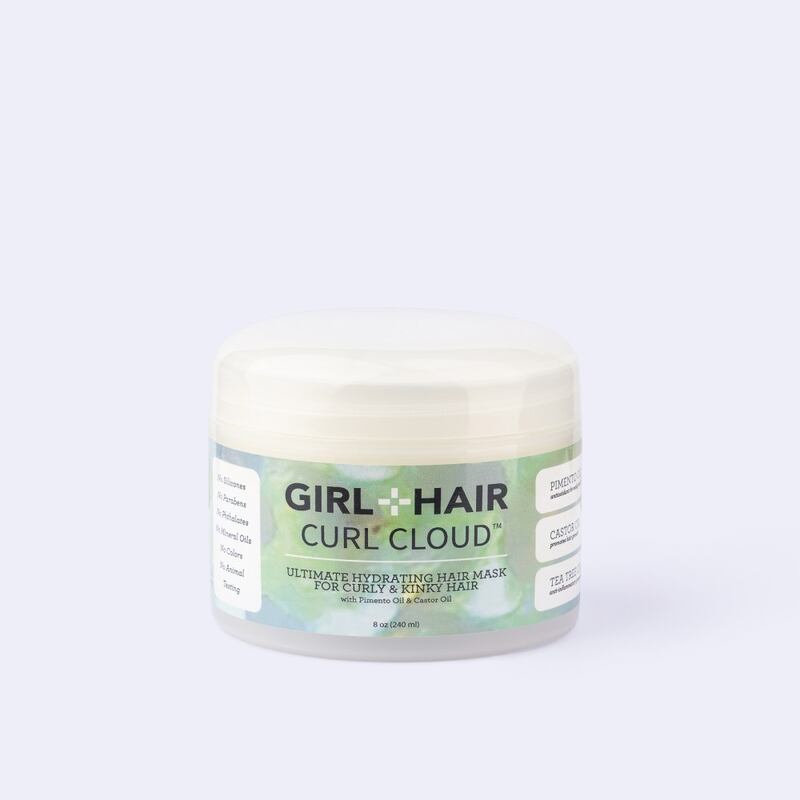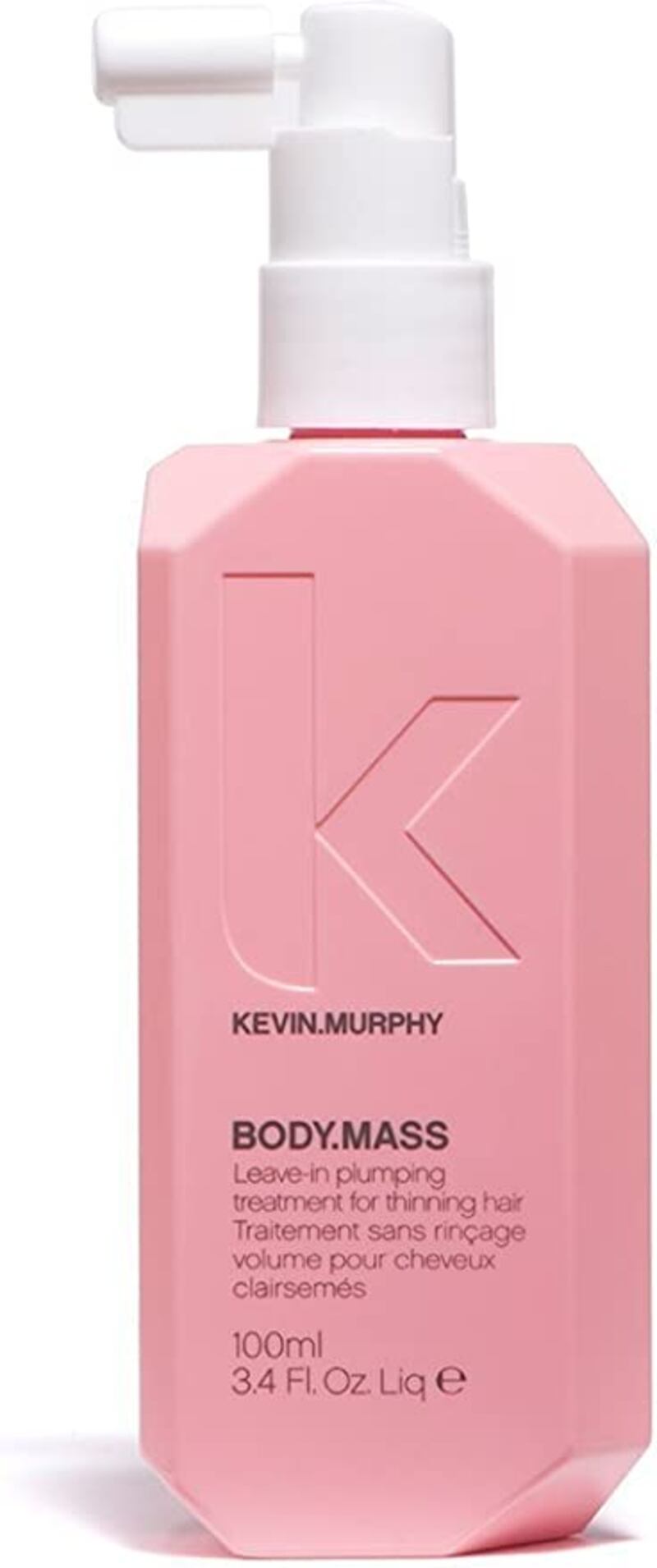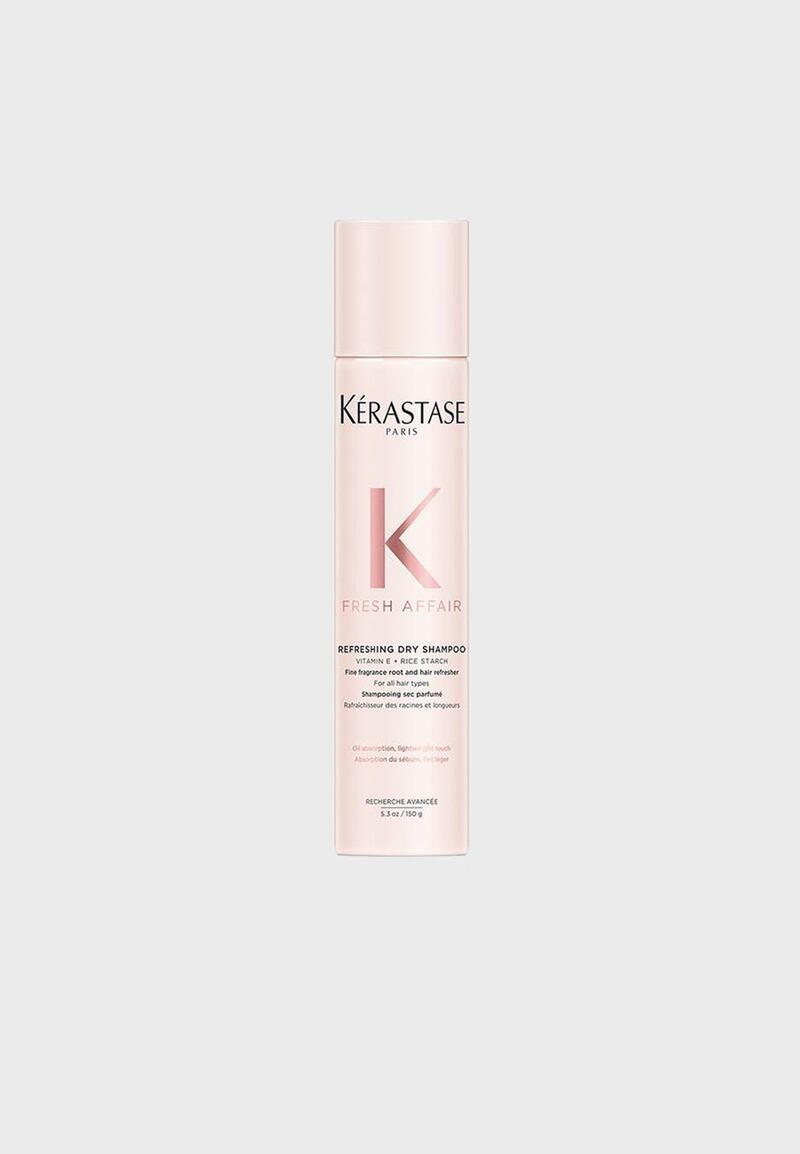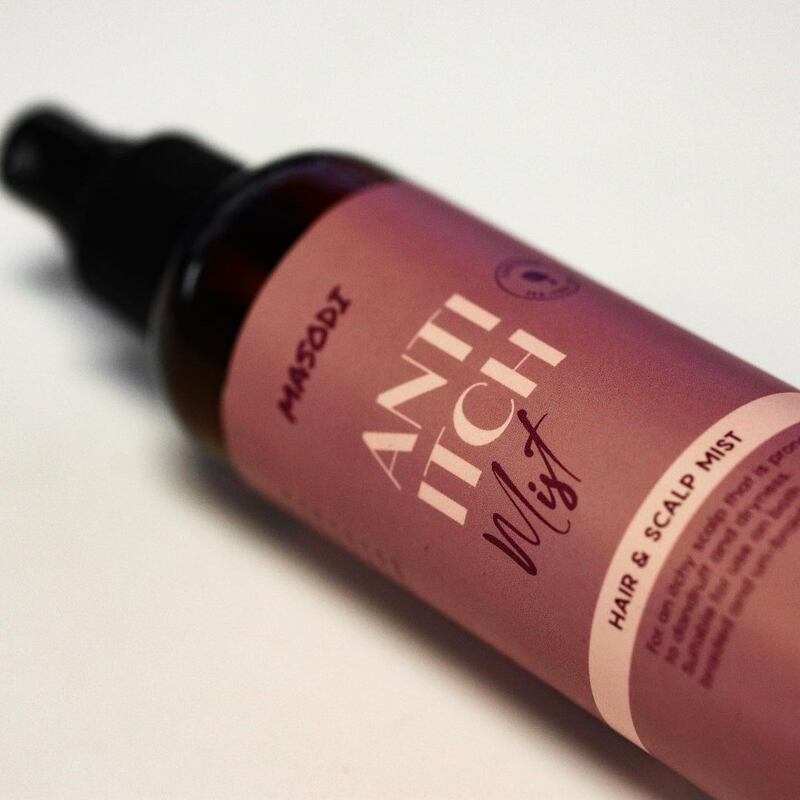When it comes to hair health and styles, the cooler months are kinder than the sticky summers, in that most women don’t have to contend as much with frizz. However, the lack of humidity and moisture also means hydration needs to be an imperative part of your hair care routine, as does at-home care.
We ask stylists and hair experts for their top tips and product recommendations.
Scroll through the gallery above to see the top cut and colour trends for autumn and winter
In good condition
“The cold season demands hair hydration as a priority, no matter the hair type,” says Italian celebrity stylist Rossano Ferretti, whose eponymous salons are located at the Abu Dhabi Edition and Park Hyatt Dubai. “Due to a lack of moisture in the air, hair can become not only dry, but also brittle. Keeping it nourished is incredibly important, so invest in products that address this.
“Fortunately, we are seeing that healthy hair is no longer reserved for salon visits; there is now a desire to keep it looking healthy and hydrated between appointments, especially during autumn and winter,” says Ferretti, who is famous for eschewing hair trends. “The more we focus on optimising hair quality, the more likely we are to embrace our natural hair type and texture instead of idolising somebody else’s.”
The UAE’s mild winters also mean we spend more time outdoors and in the water, says Tara Rose Kidd, managing director of Abu Dhabi’s Tara Rose Salons. “But remember, before heading out into the pool or the sea, to wash your hair and use a leave-in conditioner. This way, it won’t absorb as much salt water or chlorine, which can lead to damage and dryness.”
Likewise, Sacha Mitic, co-founder of the SachaJuan hair care brand, is a big fan of conditioning. “I would recommend using both, a moisturising shampoo and conditioner, plus following these up with an overnight repair treatment.”
If you have curly, coily or kinky hair, these are more prone to dryness than other hair types, says Jessica Usenbor, founder and chief executive of Thekur, a beauty e-commerce platform that stocks natural skin and hair care products. “In the winter, deep-condition more frequently, ideally weekly. Deep conditioning improves and maintains the elasticity and moisture-protein balance of your hair, reducing breakage.”
Seal in the moisture

Once you’ve taken all that trouble of hydrating your hair well, it’s time to seal the moisture in. Usenbor says: “Look to anti-humectant oils, which are sealants that protect your hair from losing moisture in dry weather. They are best used after washing or moisturising the hair. Oils like avocado and castor are also good sealants because they remain liquid in cold temperatures, therefore absorb into the hair without solidifying, which can cause breakage.
“Fun fact: water is the No 1 hydrating ingredient for textured hair, so look for masks that have water as a key ingredient as well as other ultra-hydrators,” she says. “And if you keep your hair covered, opt for silk or satin-lined hijabs, turbans and scarves or a cap under your head coverings to reduce moisture-wicking friction between your hair and the fabric.”
OGX’S hairstylist Michael Douglas, meanwhile, is all about the overnight masks. “You’ve heard of slugging using oils, but I recommend mask slugging to help lock in moisture overnight. Wrapping the ends of your hair in the mask once a month can be highly beneficial in helping to add moisture and nutrients.
“People often worry about over-conditioning, but your hair will only absorb a certain amount, so feel free to add plenty before wrapping it in a pillowcase to sleep.”
Styling dos and don’ts
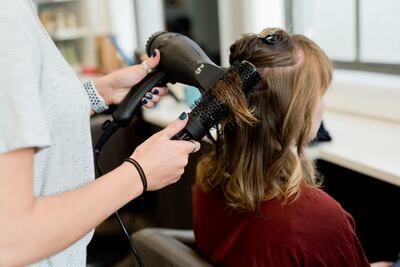
Given it's holiday and party season, more women end up teasing their tresses into glamorous styles, which nearly always involves using heating tools. To counter the damage wrought by these, Jamilla Paul, hair artist and educator, says: “The most important part of styling is to build a foundation so your style of choice lasts longer. But first ensure you protect your hair from the dryer and hot tools like tongs or straighteners with a heat-protection product. This is non-negotiable.
“Second, use mousse to prep your hair. Take one-inch sections across the scalp and apply the product from root to tip. Blow-drying it after will ensure longevity. Finally, if you apply colour, always use a good-quality homecare range so it does not fade and look or become dry.”
Danielle Stewart, artistic director at Pastels Salon Jumeirah, echoes Paul’s tip for using heat protection before styling with any hot hair tools, and also recommends investing in a good hairdryer and brush “as this will be a game changer in creating your blow-dries”. However, she says: “Don’t try too hard. Hair is meant to have a natural bounce and texture, so work with your natural fall.”
Stewart also recommends getting a haircut every eight to 12 weeks to keep the shape.
Filter it out
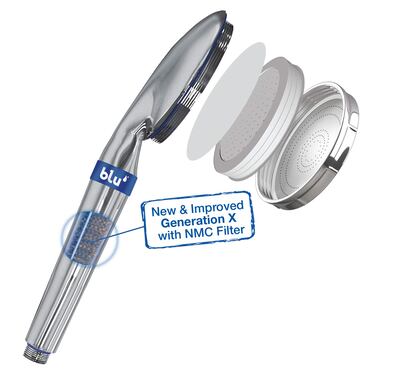
If you haven’t invested in a shower filter yet, now is the time, suggest all the stylists we spoke to. Paul is one of the tool’s most vocal advocates. “Treat your hair like an expensive fabric this season. I always recommend to anyone new to this region to invest in a shower filter, as this will hugely better the condition of your hair and skin by removing up to 98 per cent pollutants from the water," she says. "Chlorinated water is very damaging and can cause many problems including thinning hair, hair loss, breakage and an itchy scalp.”
Abu Dhabi resident Pallavi Merchant says: "We have a shower filter at home, but during the summer my husband prefers ice cold water, so he uses the tap to fill a bucket every morning for his before-bed shower. Every three days, the bucket has an inch of sand crusted along its bottom. It's obviously coming from the non-filtered water."
Hairstylist Lucinda Gill, in Dubai, too, is a believer, and she says it’s good practice to keep an eye on the quality of our shower water. “Check your household water systems for discolouration. If the water is orange in colour, it may be a result of high iron elements in the water that can lead to hair loss and unhealthy hair. We can combat this by using a filter and using more natural hair products to regain the lustre of the hair.”
Above all, says Rose Kidd, haircare should be a regular part of your self-care routine. “Just as we take care of our skin or brush our teeth and floss, our hair is a part of our body that must be looked after no matter what time of year it is.
“If you’re not taking care of your hair on a regular basis, there’s only so much a trip to the salon is going to do to improve its health and looks. What you do at home matters. It all comes down to this: what you put into your hair is what you will get out of your hair.”
Scroll through the gallery below to see the products recommended by the stylists cited here

